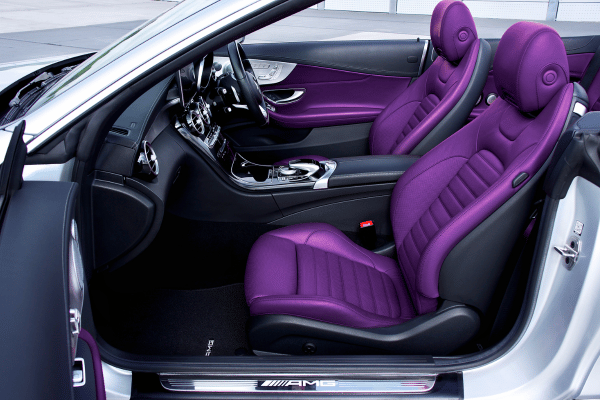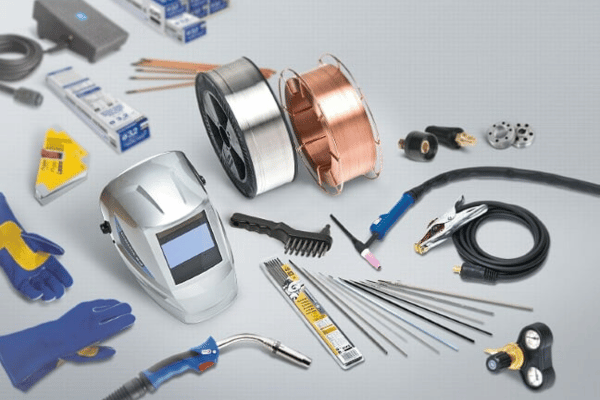
Automotive seats are one of the most crucial components in a vehicle, serving not just as a place to sit but also as a vital element of passenger comfort, safety, and driving experience. From conventional seating designs to highly advanced, ergonomic, and intelligent seat systems, automotive seating has evolved significantly with the advancement of vehicle technologies. Modern-day seats incorporate features such as heating, ventilation, massage functions, memory foam, lightweight materials, and integrated sensors that enhance both comfort and safety.
According to recent industry insights, the global automotive seats market attained a value of nearly USD 58.53 billion in 2024. With continuous advancements in automotive interiors, the rising demand for luxury vehicles, and increasing focus on passenger safety, the market is projected to grow steadily. During the forecast period 2025–2034, the market is expected to expand at a CAGR of 3.00%, reaching approximately USD 78.66 billion by 2034.
This article provides an in-depth analysis of the global automotive seats market, covering growth factors, key challenges, technological trends, segmentation, regional outlook, and competitive landscape.
Market Overview
Automotive seats are no longer designed solely for functionality; instead, they play a pivotal role in enhancing passenger experience and supporting overall vehicle design. Growing consumer expectations for comfort, personalization, and luxury are shaping the industry. In addition, stricter safety regulations have led to the development of seats with integrated airbags, crash-resistant frames, and advanced restraint systems.
The rise of electric vehicles (EVs) is also redefining automotive seating requirements, as EV makers are prioritizing lightweight seats that maximize cabin space while reducing vehicle weight for greater energy efficiency. Furthermore, autonomous vehicles are expected to revolutionize seat design, with innovations like rotating seats, lounge-style configurations, and adaptive seating.
Market Size and Growth
2024 Market Size: USD 58.53 Billion
Forecast CAGR (2025–2034): 3.00%
2034 Market Size: USD 78.66 Billion
This moderate but steady growth underscores the evolving dynamics of the automotive sector, where safety, comfort, and customization are becoming key priorities.
Key Market Drivers
Increasing Vehicle Production and Sales
As global automobile production continues to rise, particularly in Asia-Pacific markets, the demand for automotive seating solutions is directly increasing.
Rising Consumer Demand for Comfort and Luxury
Premium and luxury car buyers are seeking advanced seat features such as ventilation, memory adjustment, and massage functions, boosting demand for high-end seat systems.
Safety Regulations and Standards
Governments worldwide are mandating enhanced safety measures, encouraging the adoption of airbags, crash-absorbent frames, and integrated sensors in seating systems.
Electric and Autonomous Vehicles
EVs and self-driving vehicles are driving demand for lightweight, customizable, and modular seating designs that support new interior layouts.
Technological Advancements
Introduction of smart seats with IoT connectivity, haptic feedback, and health-monitoring systems are attracting manufacturers and consumers alike.
Market Challenges
High Production Costs
Incorporating advanced features such as electronics, ventilation, and sensors increases production costs, impacting affordability.
Raw Material Price Volatility
Fluctuations in prices of leather, foam, and synthetic materials pose challenges for manufacturers.
Durability and Maintenance Concerns
Seats with embedded electronics or luxury materials require careful handling, raising concerns over long-term durability.
Shift Toward Shared Mobility
Growing ride-hailing and car-sharing services may reduce the number of vehicles sold, indirectly impacting seat demand in the long run.
Market Trends
Lightweight and Sustainable Materials
Increasing use of recycled plastics, synthetic fabrics, and bio-based materials to promote eco-friendly seating solutions.
Integration of Smart Features
Seats with built-in sensors, posture detection, heating/cooling systems, and driver fatigue monitoring are gaining traction.
Customizable and Modular Seating
Automakers are offering customizable seating layouts, particularly in EVs and autonomous cars, to enhance cabin flexibility.
Luxury and Premium Segment Growth
Rising disposable incomes and consumer preference for luxury vehicles are driving demand for high-end automotive seats.
Ergonomics and Health-Focused Designs
Automotive seats with lumbar support, posture correction, and anti-fatigue features are being introduced to reduce driver discomfort on long journeys.
Market Segmentation
By Seat Type
Bench Seats – Traditional design, widely used in older and low-cost models.
Bucket Seats – Increasingly popular in modern vehicles for improved comfort and aesthetics.
Split Seats – Preferred for SUVs and multi-utility vehicles to offer flexible storage and passenger space.
Others – Special seating solutions for luxury and autonomous vehicles.
By Technology
Manual Seats – Low-cost, standard seats still widely used in entry-level models.
Powered Seats – Equipped with electronic adjustments for enhanced comfort.
Heated/Ventilated Seats – Increasing adoption in mid- to high-end vehicles.
Smart Seats – Advanced designs with sensors, IoT connectivity, and health-monitoring features.
By Vehicle Type
Passenger Cars – The largest consumer segment due to high sales volumes globally.
Commercial Vehicles – Require durable, ergonomic seats for long-haul applications.
Luxury Vehicles – Rapidly growing segment due to consumer demand for comfort and premium interiors.
Electric and Autonomous Vehicles – Fastest-growing category with futuristic seating requirements.
By Material
Fabric – Affordable and durable, commonly used in mid-range vehicles.
Leather – Preferred in premium and luxury vehicles for aesthetics and comfort.
Synthetic Materials – Gaining popularity as sustainable, lightweight, and cost-efficient alternatives.
Regional Insights
Asia-Pacific
The leading regional market, with countries like China, India, and Japan driving growth due to large-scale vehicle production and rising disposable incomes.
North America
High demand for SUVs, pickup trucks, and luxury vehicles fuels advanced seat adoption in the United States and Canada.
Europe
Strong focus on comfort, safety, and luxury interiors in countries such as Germany, France, and the UK. Premium automakers dominate here.
Latin America
Growth supported by increasing vehicle demand in Brazil and Mexico.
Middle East & Africa
Rising adoption of luxury and premium vehicles drives seat market growth in GCC nations and South Africa.
Competitive Landscape
The global automotive seats market is moderately consolidated, with a mix of global leaders and regional manufacturers competing through technological innovations, mergers, and partnerships.
Key Companies Include:
Lear Corporation
Adient plc
Faurecia SE
Toyota Boshoku Corporation
Magna International Inc.
TS Tech Co., Ltd.
Johnson Controls International
NHK Spring Co., Ltd.
TACHI-S Co., Ltd.
RECARO Automotive Seating
These players are focusing on lightweight seat technologies, sustainable materials, and smart seating innovations to gain a competitive edge in the evolving market.
Forecast and Outlook (2025–2034)
The global automotive seats market, valued at USD 58.53 billion in 2024, is projected to grow at a CAGR of 3.00% during 2025–2034, reaching a market size of approximately USD 78.66 billion by 2034.
Future growth will be supported by:
Rising consumer demand for comfort and premium features.
Expanding electric and autonomous vehicle markets.
Adoption of smart technologies and sustainable materials.
Strong growth in emerging markets in Asia-Pacific and Latin America.




















Write a comment ...